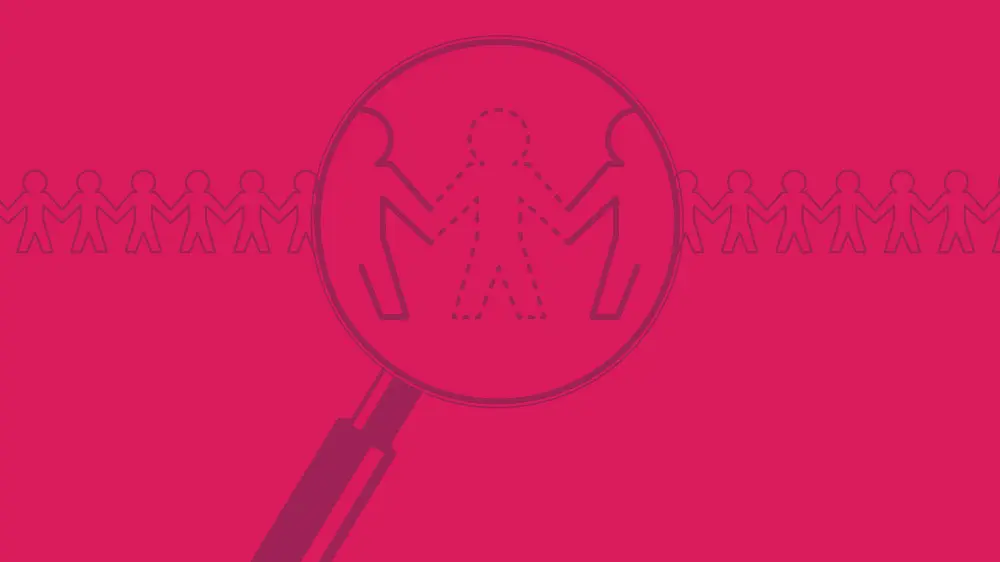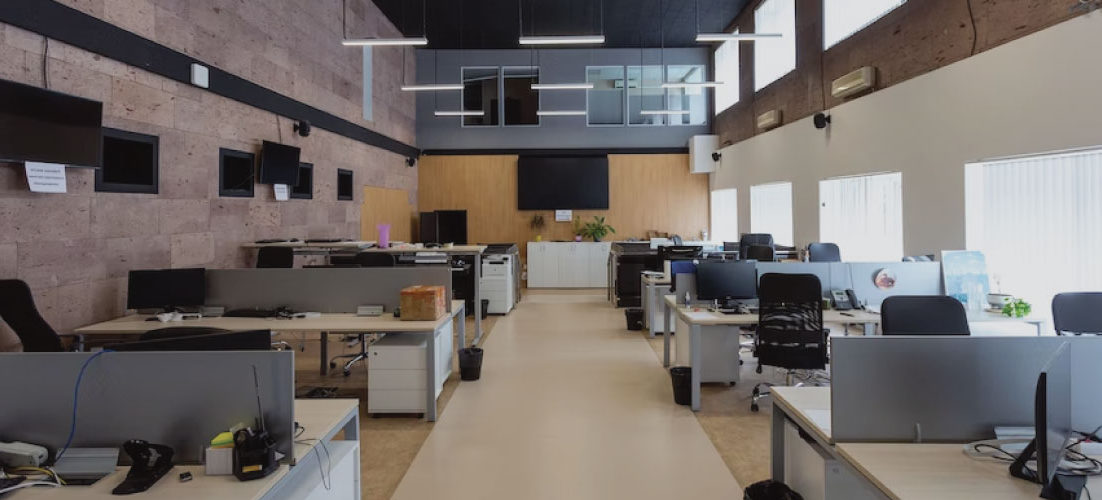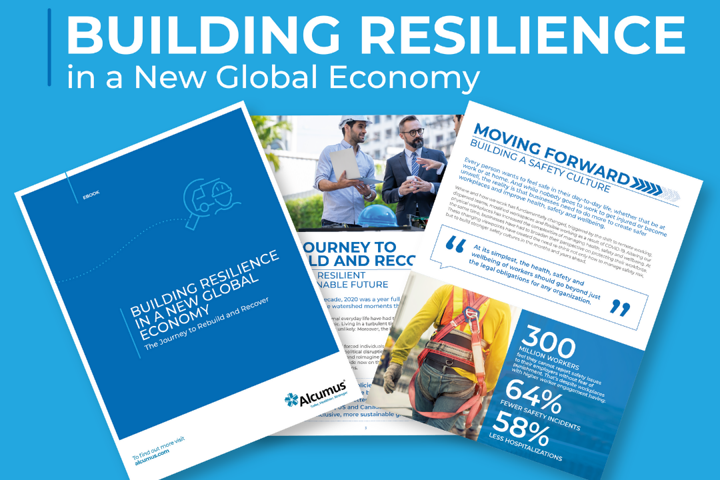Supply chain disruptions might be all over the news, but they’re certainly nothing new. Today’s supply chains are far more globalized and tech-driven than their predecessors. However, they’re still fundamentally the same – meaning they’re vulnerable to the same types of disruptions and disturbances.
While this might appear dispiriting at first, there’s a hidden benefit: analyzing historic supply chain disruptions means we can better understand how to overcome similar problems today.
This article examines the lessons we can learn from historic supply chain disruptions. It explains why World War I (WWI) and World War II (WWII) were the catalysts for modern supply chain management and draws parallels between historic supply chain disruptions and today’s challenges. It also explores how organizations can overcome today’s supply chain disruptions by safeguarding their resilience, sourcing alternative providers, maintaining visibility and control, and employing instant reporting capabilities.
WWI and WWII: The catalysts for modern supply chain management
Today’s supply chain disruptions might be costly and incredibly damaging to companies’ reputations, but they’re rarely fatal. However, during WWI and WWII, supply chain disruption could be truly catastrophic.
Consider the economic context before WWI. The global economy was heavily liberalized from 1846 – 1914, causing “an explosion of international trade and growth of national markets,” according to a 2014 article on merchant compliance by David A. Janicki in Inquiries Journal. He states that international trade increased by around 4% – 5% annually and global supply chains became commonplace, while isolationist countries were largely frozen out from accessing the industrialized world.
In his article, Janicki writes, “In short, since the 1850s every major nation throughout the world was now interconnected with many others, and was now dependent on them to keep their factory furnaces burning, agricultural fields yielding, and to create markets for their domestic products to be sold.”
When war hit, however, these globalized supply chains came under threat. Countries realized that supply chains fueled the war effort, so they sought to disturb their opponents’ supply chains wherever possible.
WWI is a perfect example. The Allies’ progress had hit a major stumbling block as they struggled to power their military supply chain – but that all changed when the US stepped in. Indeed, according to the Canadian War Museum, “After April 1917, United States entry into the war began to tip the logistical scales in favor of the Allies.” This additional logistical support proved vital, turning the Allies’ fortunes around and leading to their eventual victory.
Fast forward to WWII, and the Allies faced this same problem again. In fact, the British could only keep fighting in Europe thanks to the 17 million tons of cargo the US shipped over to the UK from 1942 – 1944. This included 800,000 pints of blood plasma and 125 million maps. The US established global supply chains for their army and navy that extended over 56,000 miles, which was invaluable in helping to win the war effort.
While this may traditionally be the field of military historians, we can draw parallels between the critical lessons learned from historic war-related supply chain disruption and the issues we face today.
Combat supply chain disruption with supply chain resilience
Only the most resilient supply chains will overcome unexpected disruption. Therefore, companies must plan ahead, identify potential challenges and devise suitable workarounds.
Consider the impact of the SARS pandemic in 2003, for example. While its outbreak hampered industrial output and threatened supply chains in the short term, it arguably had a positive long-term impact on supply chain resilience. Indeed, according to UNIDO, Asian companies “increased production in response, built buffer levels and stocked up inventories. Many firms developed business plans, establishing parallel sites or shifting operations, and invested in IT to enable remote working.”
Sound familiar?
With this in mind, it’s perhaps unsurprising that Asia-Pacific supply chains proved relatively resilient during the COVID-19 pandemic. These countries learned from past supply chain disruptions, implementing systems and backup plans to ensure business as usual—even when it certainly wasn’t life as usual.
Supply chain resilience has also played a major role in supporting major war efforts. In the American Revolutionary War, for example, the British had more resources, but the revolutionaries established resilient, agile supply chains that fueled their continued resistance. In The Impact of Logistics on the British Defeat in the Revolutionary War by Eric McCoy, we learn that, “The demand for supplies was not too much for British shipping to accommodate. However, the supply chain broke down under the combined effects of weather, poor supply procedures, and profiteering. Long lead times for resupply of goods, coupled with a less than reliable distribution system from England, hindered British operations on the North American continent.”
Meanwhile, colonists were on home turf and able to use a network of storage centers and the support of regular people to keep their army moving despite threats to their supply chains.
Source alternative providers in advance
Businesses must devise contingency plans to overcome unexpected supply chain disruptions, such as identifying alternative providers who can step up when necessary. For example, there was a fire in 2000 at the Philips microchip plant in Albuquerque. Ericsson and Nokia—who both depended on the plant’s microchips—suffered contrasting fortunes.
Nokia had already implemented a backup plan ahead of time to source microchips from other suppliers. Ericsson, however, had not. The result? Nokia continued as normal, while Ericsson suffered $400 million in lost sales.
This is far from the only example of companies overcoming supply chain disruptions by having alternative providers in place. The 1918 influenza pandemic caused a coffin shortage in Philadelphia, requiring manufacturers of other wooden products to start producing coffins instead. Likewise, during the Foot and Mouth pandemic, English leather-makers sourced their materials in countries such as the USA and Australia.
Sourcing alternative providers proved equally important during WWII. Britain had to rethink its existing supply chains, with Canada stepping up to the plate impressively. Ingenium Channel notes that “Canada’s economy underwent dramatic changes during the Second World War, as Britain looked overseas for new sources of food, lumber, minerals, and other resources… Wheat from the Prairies, lumber from British Columbia, Northern Ontario and New Brunswick, and minerals from various parts of Canada began making their way to eastern port cities for transport to Britain. Many existing factories were retooled to produce war equipment and munitions, while others were built from scratch with amazing speed.”
Supply chains that rely on one provider alone lack resilience. By making proactive contingency plans and sourcing alternative providers that boast the appropriate credentials, companies can overcome potential disruptions with ease.
Maintain visibility at all times
Visibility allows organizations to identify potential bottlenecks, take action before crisis hits, and inform customers of potential delays.
For example, Nike used radio-frequency identification (RFID) technology during the COVID-19 pandemic to track approximately one billion units. Combining this with their predictive analytics and demand-sensing capabilities, Nike could monitor the impact of supply chain disruption on their normal flow of goods, forecast demand, and lower the cost of inventory holding and transportation.
While this level of visibility was impossible throughout WWI, Britain still used whatever visibility it had to
control wartime supply chains. It had detailed statistics revealing which nations consumed which goods in which quantities, meaning it could monitor neutral nations and examine their demand versus pre-war consumption statistics.
This level of visibility over the market proved invaluable, as detailed by David Janicki in the Inquiries Journal: “they watched carefully for large spikes in requests for indexed materials that were known to be needed by Germany. Should a neutral begin to request too much of any specific material, then Britain simply sent only what had been exchanged during the pre-war years, thus eliminating the chances that this commodity would reach Germany.”
Rely on instant reporting capabilities
Having instant reporting capabilities is crucial when supply chain disruption hits. For example, an article by DHL describes how Turkish forces downed a Russian jet in November 2015 with serious repercussions for cargo transportation—1,250 cargo trucks of Turkish goods were held at the border, while 800 containers awaited clearance at Samsun and Novorossiysk ports in the Black Sea. By reporting cargo stoppages as soon as possible, companies were able to switch instantly to their Plan B, enabling them to minimize unnecessary losses.
While instant reporting was near-impossible during WWII, commanders relied on the latest usage data to plan their operations, identifying the quantities of goods needed as well as when and where. Back at base, a reporting system held the latest must-know supply chain planning data.
Instant reporting ensures companies stay in the know at all times when it comes to supplier compliance, allowing them to prepare suitable workarounds when disruption hits their supply chains. Put simply, it’s indispensable.
Adapting to regulatory requirements
Wars and pandemics are far from the only hurdles supply chains have to contend with. Regulatory changes can have a similarly profound impact, requiring companies to go back to the drawing board and rethink their global supply chains from the ground up.
Take Germany’s recently introduced Act on Corporate Due Diligence Obligations for the Prevention of Human Rights Violations in Supply Chains. Under Division 2, Section 3, the regulation mandates that affected businesses must establish a risk management system, designate a responsible person or persons within the enterprise, perform regular risk analyses, lay down preventative measures to prevent human rights or environmental-related risks, and take remedial action in the event of non-compliance (among other measures).
This act was introduced to prevent businesses from partnering with companies who engage in unethical practices, whether by hiring child labor or having poor safety standards in the workplace. It applies to businesses whose head office, main branch or statutory seat is in Germany and who currently have over 3,000 employees. In 2024, it will be extended to include all companies with over 1,000 employees.
German companies can no longer wash their hands of the unethical operations that can take place throughout their supply chain. Instead, they must conduct the necessary due diligence to ensure they only partner with companies that adhere to the latest human rights and environmental best practices.
This type of corporate regulation is nothing new. For example, the UN created Resolution 1721 in 1972 to “regulate the activities of transnational companies in order to give States the means to effectively monitor their activities on their territories, and to create an international legal statute to regulate transnational companies.”
Similarly, the UK’s Modern Slavery Act 2015 clarified what legally constituted modern slavery and explained how entities that were found culpable would be punished. The German supply chain act provides a similarly definitive warning shot. It’s clear and comprehensive, leaving no doubt for companies in terms of how they should act moving forward.
Organizations can’t engage in murky practices, partnering with subpar suppliers, and hope to get away with it. They should instead expect to be regulated at some point and should therefore set up clean operations from the outset.
Heed yesterday’s lessons when preparing for tomorrow
Supply chain disruption is an ever-present thorn in organizations’ sides. However, businesses will enhance their supply chain resilience by learning how both companies and countries overcame similar disturbances in the past. They can source alternative providers ahead of time, maintain visibility, and use instant reporting to foresee and manage supply chain disruption.
But there’s more.
Companies must also place compliance at the center of their supply chain operations in today’s world. They must ensure that they only work with suppliers who align with current ESG regulations and commonly accepted standards, avoiding scandals.
By implementing a supply chain compliance solution, companies can ensure they work with the right suppliers. They can verify a potential supplier’s credentials, dig into their capabilities, and make certain they’re the right fit for their organization’s needs.
Find out how Alcumus can help you with contractor and supplier management.






